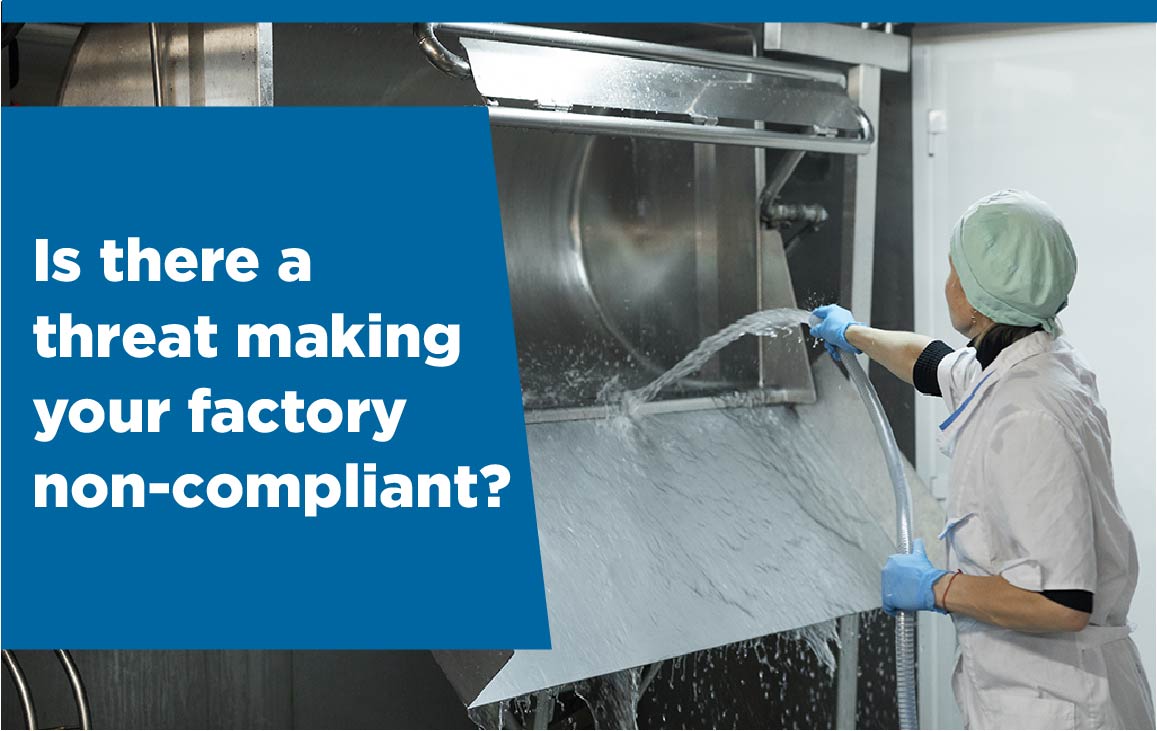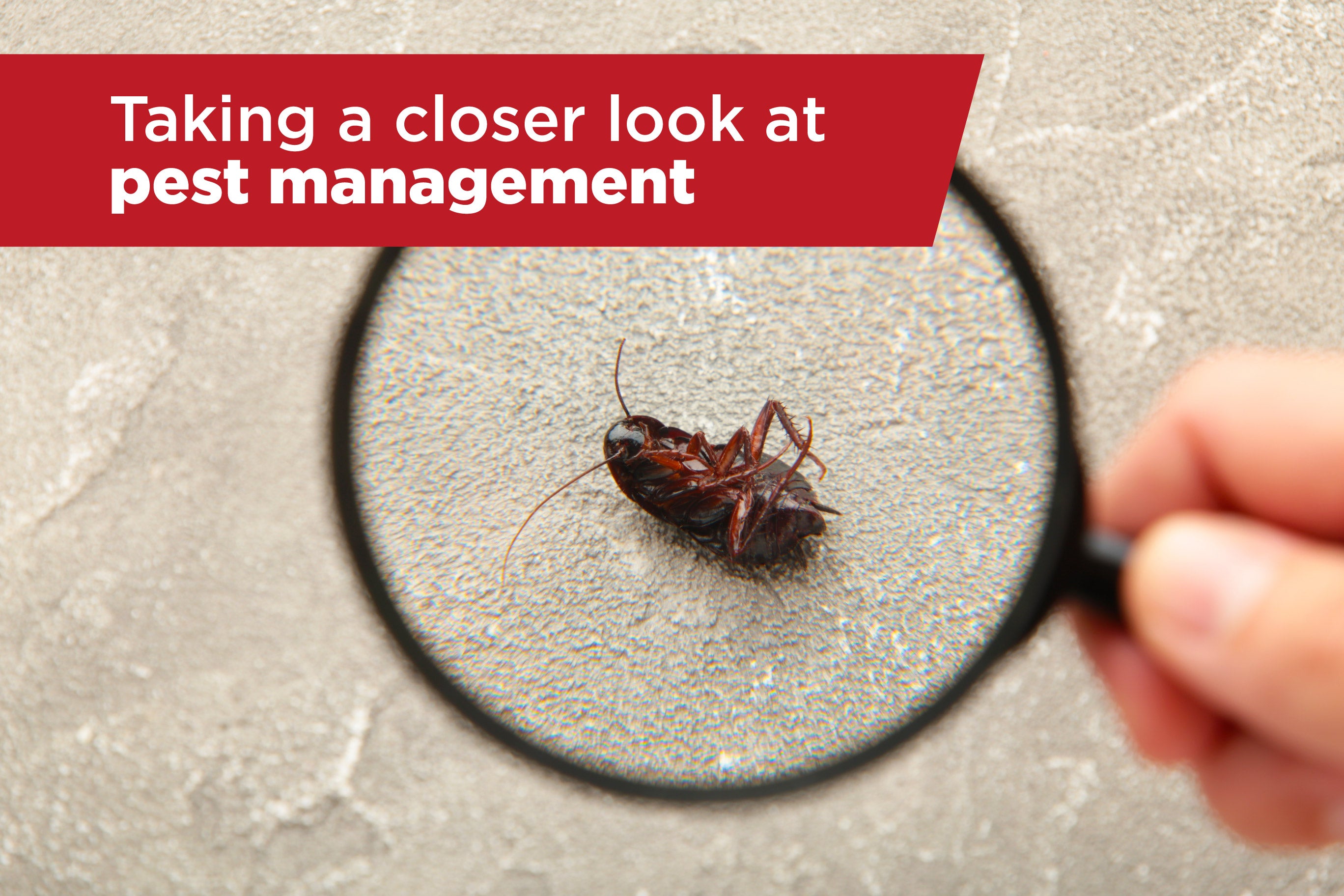In the realm of food manufacturing, maintaining stringent food safety standards is paramount to ensuring a quality end product and upholding brand reputation. As BRCGS audits loom in 2024, food manufacturers must prioritise fostering a strong food safety culture within their organisations.
The essence of food safety culture
A food safety culture encapsulates the shared commitment and values among all employees towards maintaining hygiene standards and producing safe and high quality produce. It goes beyond mere compliance with regulations, however. It’s about deeply embedding food safety principles into the very fabric of the organisation. This encompasses a proactive approach to risk management, continuous improvement and open communication, fostering a culture of responsibility and ownership across all levels.
Top-down leadership: Setting the tone
Establishing a food safety culture requires buy in and unwavering leadership from the very top of the business. Senior management must visibly champion food safety as a core value, demonstrating their commitment through actions – as well as words. This top-down approach sets the tone for the entire organisation, inspiring employees to embrace food safety as an integral part of their daily responsibilities.

Empowering employees: A shared responsibility
While leadership sets the overall direction, empowering employees to take ownership of food safety is crucial. This involves providing comprehensive training, clear communication of food safety policies and procedures and acknowledging employee contributions. By fostering a sense of shared responsibility, every employee – from the production area to packing and warehousing – becomes an active participant in the food safety culture of the business.
Continuous improvement: A never-ending journey
Food safety is an ongoing journey, not a static achievement. Embracing continuous improvement is essential for maintaining high standards and adapting to evolving industry dynamics. The hygienic furniture purchased for BRCGS issue eight compliance will not necessarily still be compliant under issue nine! It involves regular monitoring, identifying and addressing potential hazards and implementing corrective actions promptly.
BRCGS audit readiness: A culture-centric approach
A strong food safety culture is the bedrock of BRCGS audit readiness. It demonstrates to auditors that food safety is not just a compliance exercise but a deeply ingrained part of the businesses’ DNA. By cultivating a culture of food safety, food manufacturing companies can confidently approach BRCGS audits with assurance, ensuring compliance and upholding their reputations.
Hygienic furniture and equipment: A cornerstone of food safety culture
In the pursuit of maintaining stringent food safety standards, the selection and procurement of hygienic furniture and equipment plays a pivotal role. The chosen equipment not only forms the physical infrastructure of food production operations but also directly impact the ability to implement efficient hygiene practices.
By integrating a food safety-conscious approach into the purchasing process of hygienic stainless steel furniture and equipment, food manufacturers can establish a solid foundation for maintaining audit-readiness and upholding the highest standards of food safety.





